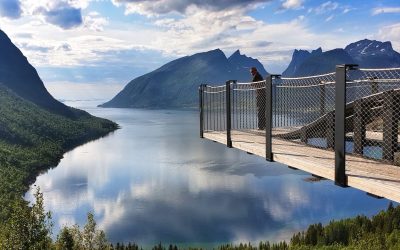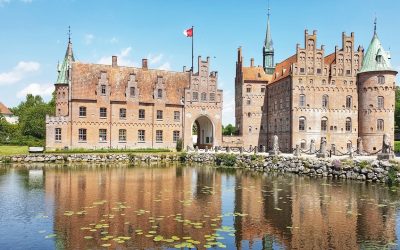Norway - the geological genius that mesmerises you around every corner Visiting Norway in a motorhome is a dream come true for so many. I...

Storebælt Bridge
Storebælt Bridge
Denmark Highlights & Interactive Map
Denmark is not a destination - it's a lifestyle. Pintrip.eu Let's be honest for a moment about Denmark... Why would you want to put it on...
Follow us
You can find us on social media,
different channels for different content.


